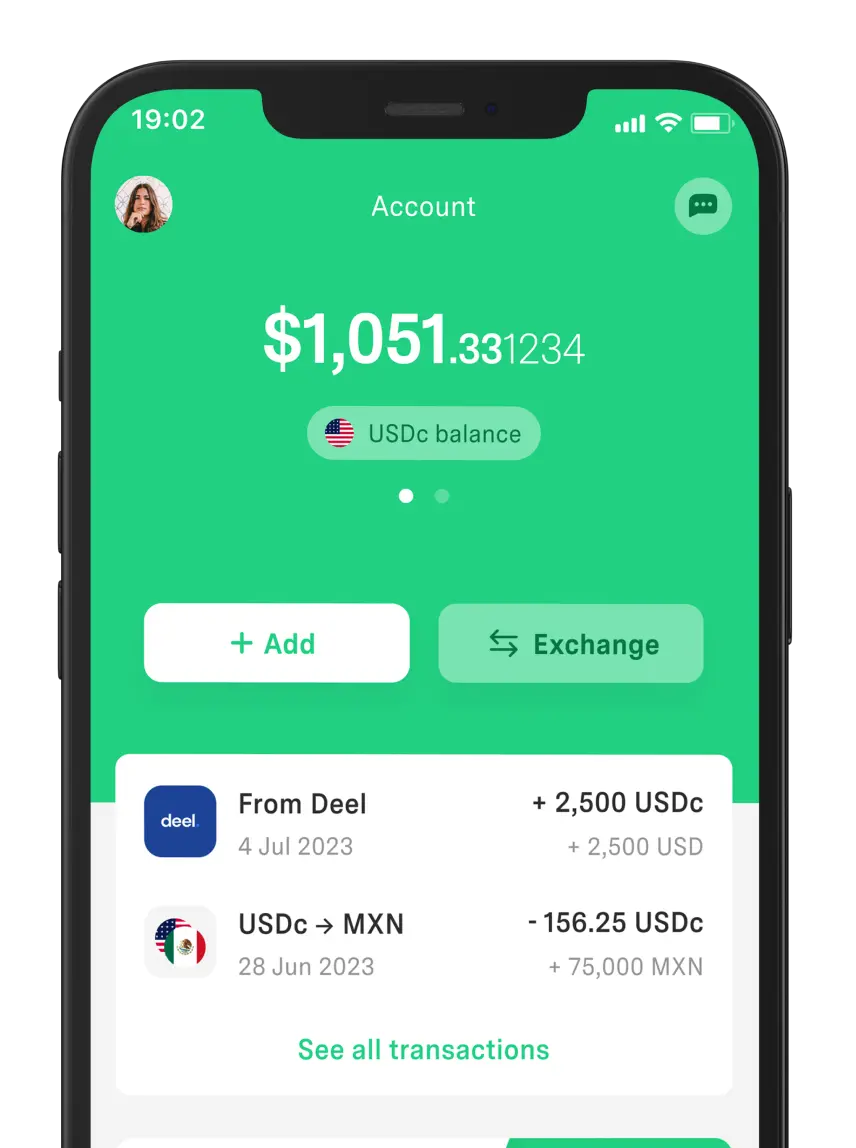 Freelancer tips
Freelancer tips Johari Window: What it is, what it’s for, and how to use it (with examples)
Struggling to understand how others see you? The Johari Window reveals what you're missing—and what you need to change now.



Availability in information security is the principle that ensures data, systems, and services are always accessible and operational. When it’s compromised, operations often grind to a halt, undermining trust in digital services.
Understanding what information availability is matters in digital security to prevent these kinds of risks. For that reason, we’ve prepared a post where you’ll learn its definition, core principle, and how it’s applied with practical examples.
It’s an essential component of information security that guarantees constant, reliable access to data for authorized users. Its goal is to maintain business continuity and prevent interruptions that could impact an organization’s operations.
To achieve this, freelancers, companies, and organizations implement mechanisms to respond to failures or incidents. This includes backups, redundant servers, and recovery protocols.
Availability also encompasses the proper functioning of essential digital tools—especially those that ensure the continuous flow of information and operations in digital environments.
Availability in information security is one of the fundamental principles of cybersecurity, ensuring authorized users can access data and systems when they need them.
This principle is particularly critical in sectors where an outage can have serious consequences:
Healthcare: a down system can block access to medical histories or lab results, delaying diagnoses and treatments and putting patients at risk.
Finance: banking platform downtime disrupts transactions and payments, potentially causing financial losses.
Government: temporary loss of access to administrative or emergency systems can delay public services and hinder responses to critical situations.
These potential consequences drive companies and agencies to implement policies, infrastructure, and contingency plans. In this way, they can guarantee the principle of information availability for users.
Alongside availability, there are two other pillars of information security: confidentiality and integrity. Together, the three form the CIA triad (Confidentiality, Integrity, Availability).
The CIA triad is a model that ensures information fulfills its purpose by defining essential principles to protect data in any digital environment. Although they complement each other, each serves a specific function:
Confidentiality. Focuses on protecting information from unauthorized access through strong passwords, data encryption, authentication, and permission controls.
Integrity. Relies on verification controls and backups to ensure data is accurate and trustworthy, while preventing unauthorized changes or errors during transmission.
Availability. Ensures systems run without interruption and information can be used precisely when needed.
None can function effectively on its own. Without confidentiality, data can be exposed; without integrity, it loses value; and without availability, it’s unusable.
It’s no coincidence there are so many tools—like Google’s password manager—that generate and store secure credentials. The same goes for platforms that help preserve file integrity, such as Google Drive.
As noted, various measures are applied to ensure availability and business continuity.
Some examples of availability in information security include:
Implementing redundant servers.
Using automated backup systems.
Applying disaster-recovery policies.
Redundant servers are backup systems that take over in case of failure.
Common platforms include:
Amazon Web Services (AWS).
Google Cloud Platform.
Even if a server fails, these platforms’ distributed infrastructure keeps systems running.
Regular backups help restore data after loss, damage, or cyberattacks.
Solutions include:
Acronis Cyber Protect.
Backblaze.
Google Drive.
These options let you schedule automatic, encrypted backups to the cloud and on-premises so data can be recovered quickly.
These protocols define procedures to respond to emergencies such as cyberattacks, server failures, or power outages.
They typically include:
Contingency plans with steps to restore critical operations.
Off-site backups hosted by specialized services that safeguard primary information.
Regular restoration tests to verify systems and protocols work during an incident.
All these measures ensure operational availability at all times.
Information availability in the digital era has become a strategic factor—not only for businesses but also for educational institutions, governments, and everyday users.
It also has a direct impact on tech entrepreneurship. According to a publication on ScienceDirect, the availability of information supports opportunity detection and promotes innovation.
So, more than a technical aspect, it represents the ability to respond nimbly to the unexpected and keep an organization afloat.
Any interruption can lead to significant consequences:
Operational delays in essential services.
Data leaks.
Financial losses.
Negative effects on customer trust.
In short, lack of information availability affects the stability, reputation, and continuity of any entity.
Fortunately, there are essential remote-work tools that help sustain productivity and the flow of information—even amid technical failures or unexpected outages.
Information availability isn’t just a technical component within information security—it’s a pillar that ensures robustness and efficiency in digital environments.
In an era where connectivity and remote work are so common, it’s crucial to strengthen this principle. Why? Because it means protecting operational capability, reputation, and the resilience of freelancers and organizations facing today’s digital challenges.
Hence the need to combine reliable infrastructure, prevention and recovery policies, and efficient tools. As a result, your systems will remain up and running through any eventuality.
And don’t forget to add DolarApp to ensure access to your finances across currencies. We operate with both digital dollars (USDc) and digital euros (EURc) so you can manage international payments seamlessly. Likewise, you’ll be able to convert your currencies at a transparent exchange rate and at no cost.
It’s ensuring that data and systems are accessible continuously, reliably, and securely—preventing interruptions that could impact operations, communications, or overall organizational performance.
It’s one of the pillars of information security. Its purpose is to keep systems and data running continuously, supported by reliable infrastructure, automatic backups, and contingency plans for incidents.
Availability works in tandem with confidentiality and integrity within the CIA triad model. While availability ensures information can be used when needed, the other two principles protect the data itself.
Failures occur that interrupt essential services, cause financial losses and data loss, and damage user trust and an organization’s operational capacity in the face of incidents or cyberattacks.
Sources:

The world has borders. Your finances don’t have to.
 Freelancer tips
Freelancer tips Struggling to understand how others see you? The Johari Window reveals what you're missing—and what you need to change now.

 Freelancer tips
Freelancer tips Learn how to calculate the severance pay in Mexico, either for termination of contract or dismissal (liquidation). We explain the step-by-step

 Freelancer tips
Freelancer tips Learn how to stop procrastinating by putting these proven strategies and tips into practice so you can be productive again and focus on what matters.


